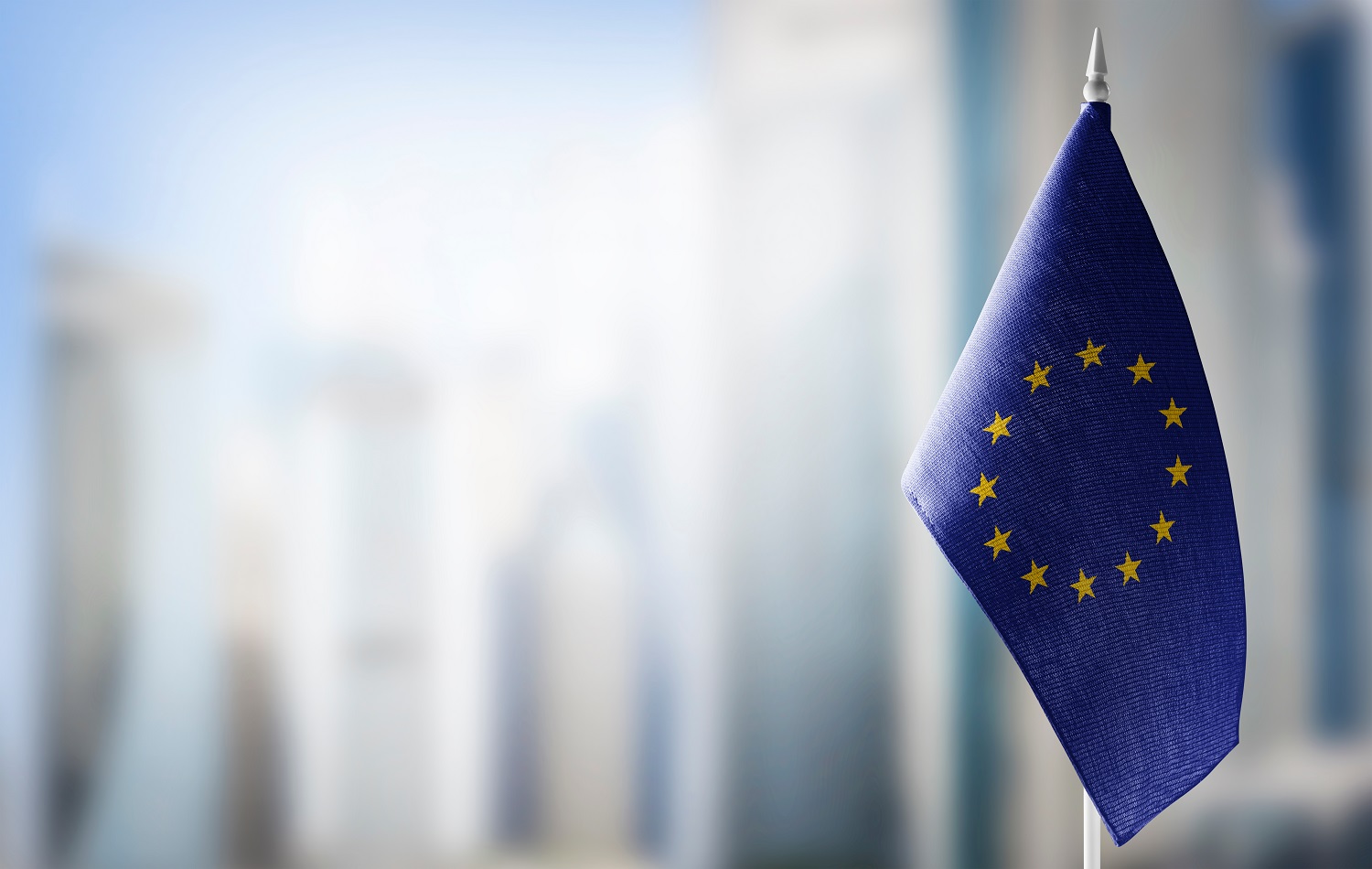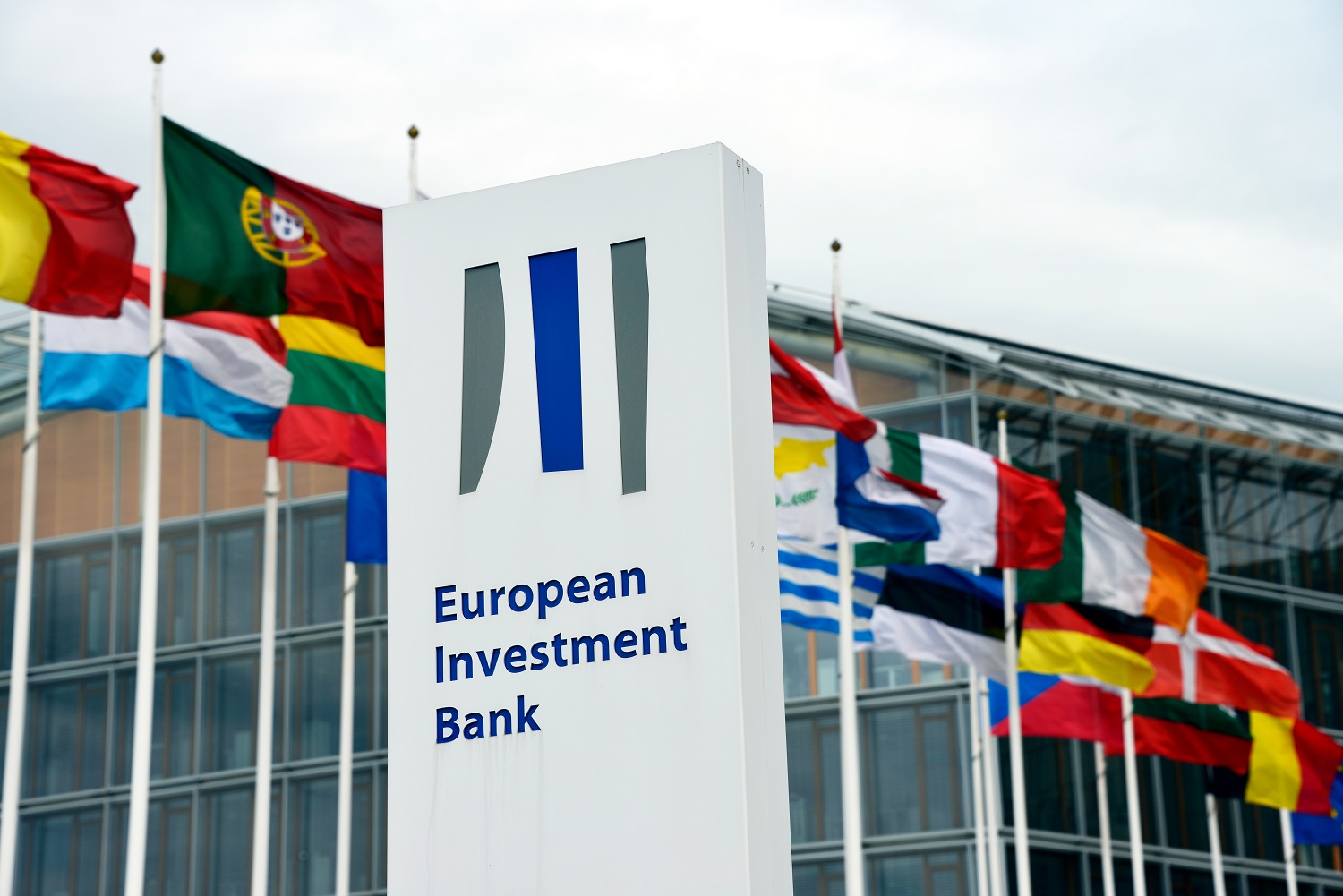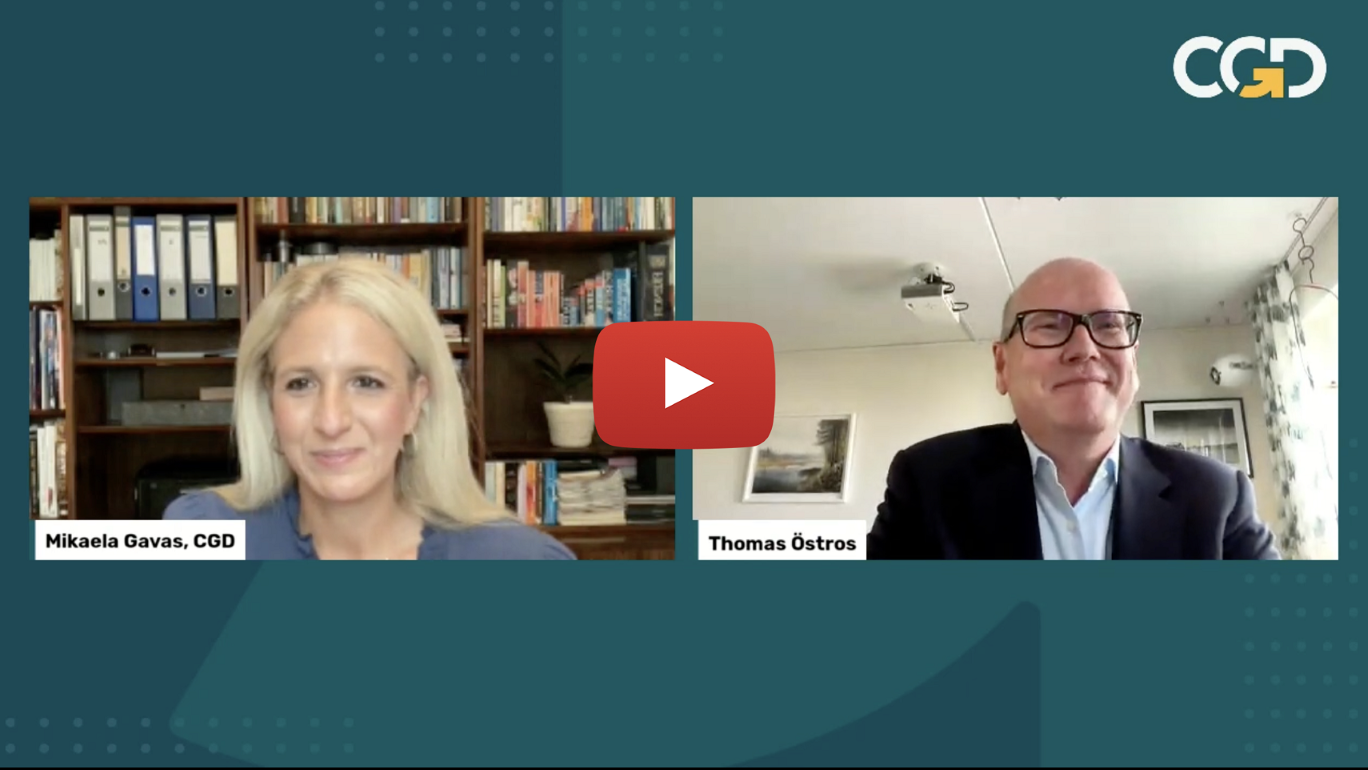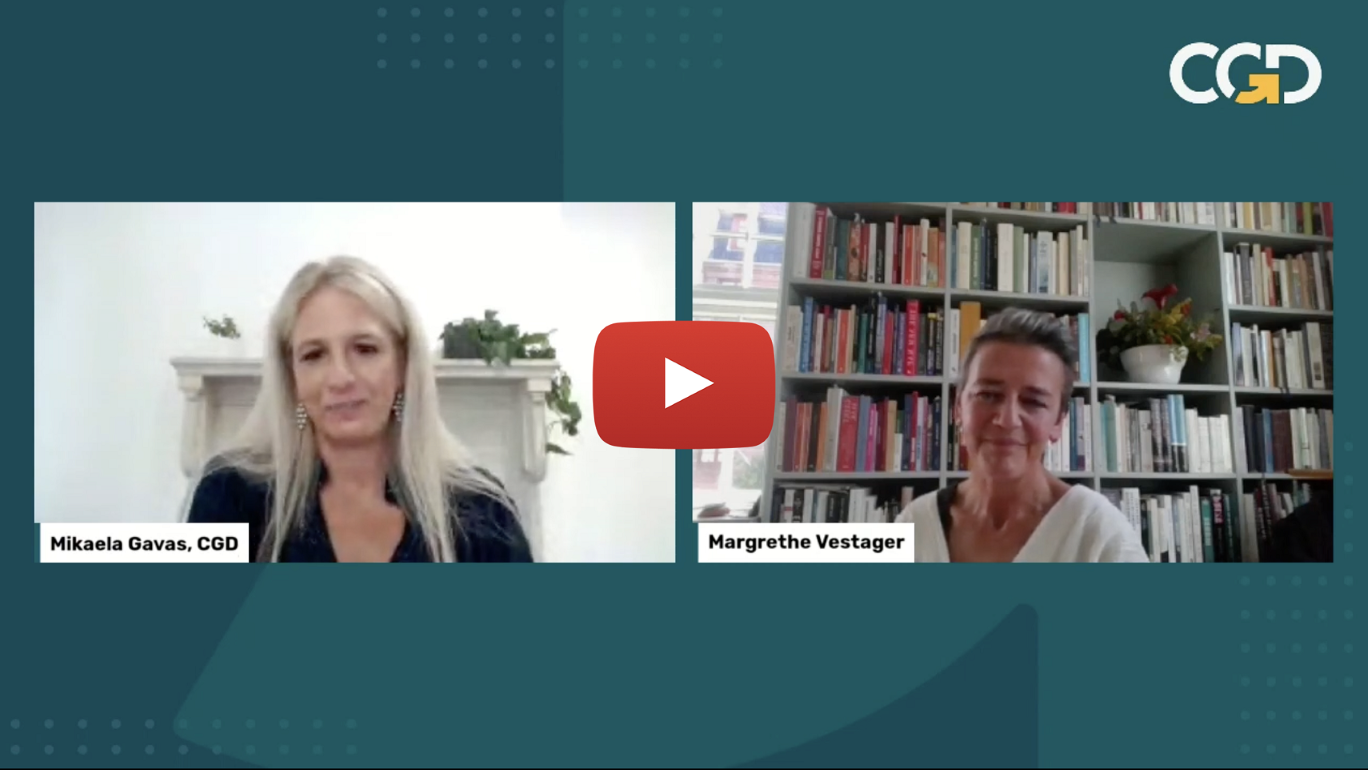Recommended

Event
EU finance ministers will soon appoint a new president of the European Investment Bank (EIB). Following two six-year terms, the incumbent, Werner Hoyer, will step down, and a new captain will take the helm of the world’s largest multilateral financial institution. The new president comes at a critical time for the bank. Between the need to support Ukraine, the imperative to accelerate the energy transition and the pressure to reform the international financial architecture, the challenges faced by the largest multilateral development bank (MDB) are not for the faint-hearted.
As CGD prepares a series of interviews with candidates for the presidency of the bank, in this blog we revisit the bank’s structure and mandate and look at why this appointment matters not only for investments within the European Union (EU) but also for the rest of the world.
The EIB: The world’s largest multilateral financial institution
The EIB was founded in 1958, with the primary objective of providing loans for Europe’s infrastructure projects, and the six founding members of the European Economic Community. In 1962, the Bank was authorised to finance projects outside of the European Community.
Today, EIB subscribed capital totals EUR248.8 billion. The 27 EU Member States are the shareholders of the bank. In 2022, the EIB Group provided EUR72.4 billion in financing, including EUR10.8 billion for investments outside of the EU (of which EUR1.7 billion was allocated to Ukraine). With a balance sheet of EUR544.6 billion at the end of 2022, the EIB is the MDB with the largest assets in the world (see Figure 1).
The EIB plays an important role in EU international development policy as it accounts for more than a quarter of the total EU’s official development assistance. The bank provides this financing to partner countries in the form of concessional loans and equity investments.
The EIB has 30 offices outside of the EU, which play a representative role, but it centralises its technical and financial expertise at its headquarters in Luxembourg. It does not have significant policy and project capacity at country level, but has asserted a global influence through large projects and sizable borrowing, often public, and by working with financial intermediaries such as local banks and microfinance institutions to reach Micro, Small and Medium-Size Enterprises.
Figure 1. Multilateral Development Banks by total assets, 2022 (USD billion)
Source: Annual reports of the Multilateral Development Banks (MDBs).
EIB Global: The bank’s new development arm
In 2022, the EIB set up EIB Global—a branch for all its investments outside of the EU. With EUR10.8 billion, including a EUR1.8 billion support package to Ukraine, EIB Global provided 14 percent of the EIB Group’s total financing for 2022.
EIB Global is almost entirely dependent on EU budget guarantees for its operations as the latter cover the risk of EIB loans outside the EU. The branch has a key role in the implementation of the EU’s Neighbourhood, Development and International Cooperation Instrument (NDICI)—Global Europe through a EUR26.7 billion guarantee for projects for sovereign and commercial sub-sovereign counterparts and EUR3.5 billion for private sector operations in Africa, Caribbean and the Pacific . Additionally, the branch secured EUR2.2 billion in guarantees under the open architecture of the European Fund for Sustainable Development (EFSD+).
Mirroring the EU’s external priorities, EIB Global’s investments are heavily skewed towards the EU’s Neighbourhood and Sub-Saharan Africa. In 2022, these two regions accounted for more than two-thirds of the branch’s financing. In terms of sectors, EIB Global invests heavily in infrastructure, including energy, transport and digital, but the branch also provides financing to the health and financial sectors. Despite opening a few regional hubs, the Bank still has a limited country presence in low- and middle-income countries of operations.
Growing financing needs for the bank in the years to come
In recent years, there has been increasing pressure on the EIB to raise its level of financing to support the priorities of the EU and to respond to multiple global challenges. Having already increased its financing during the COVID-19 pandemic by around EUR47 billion, there are three burning challenges for which the EIB will need to increase its firepower even further.
Firstly, the EIB will be expected to support the energy and digital transition in the EU. In 2019, the EIB pledged to phase out investments in fossil fuels by 2021, becoming the first multilateral development bank to do so. Often labelled as the “EU Climate Bank”, in 2020, its Climate Bank Roadmap for 2021-2025 committed it to increasing support for climate action and environmental sustainability, with a target of more than 50 percent of its lending activities, and to fully align its financing activities with the Paris Agreement.
Secondly, the EIB will have a key role to play in financing the recovery and reconstruction of Ukraine. In 2022, the bank committed EUR1.7 billion for immediate relief in Ukraine and provided a EUR4 billion credit line to EU Member States to support the integration of Ukraine refugees. In 2023, the EIB Board of Directors approved the EU for Ukraine Initiative (EU4U) to finance the country’s most urgent infrastructure needs and sustain its economy. Yet, to date, EU Member States have only pledged EUR400 million to the initiative; a drop in the ocean when you examine the latest reconstruction and recovery estimates—around US411 billion.
Thirdly, beyond Ukraine, financing needs worldwide are at an all-time high. The SDG financing gap in developing countries increased by more than 50 percent in 2020 reaching USD3.9 trillion. In parallel, debt distress risks have risen among low- and middle-income economies. Coupled with a tight fiscal space, these debt vulnerabilities prevent a large number of countries from investing in infrastructure and human development. The Global Gateway, the EU’s EUR300 billion worldwide infrastructure and connectivity programme, of which the EIB is a key player, will be critical in filling the gap.
A new president to respond to these challenges and set a new course
Five candidates have been nominated by their country to become the next president of the bank: two current vice-presidents of the EIB—Thomas Östros (Sweden) and Teresa Czerwińska (Poland); Margrethe Vestager (Denmark), Executive Vice-President of the European Commission; Nadia Calviño, First Vice-President and Minister of Economy and Digital Affairs in Spain; and Daniele Franco (Italy), former Italian Minister of Economy and Finance. The nomination is part of larger reshuffling of top jobs among EU institutions. In 2024, following the European elections, the mandates for the president of the European Commission, of the European Parliament and of the European Council all come to an end. The choice for the next president of the EIB might well be considered when it comes to horse-trading for the top jobs.
The nomination also occurs at a crucial time for MDBs as they engage in a reform agenda. As the Bretton Woods institutions and other MDBs reconsider their financial models and missions, the next president of the EIB will have to define how they want the bank to fit in this new system in the making. Should the bank add the protection of Global Public Goods to its mandate? Should it change its risk approach? Should it ask for a capital increase from its shareholders? These are all questions that the new president will face.
The designation of the new president will have major implications for the future of the EU, its neighbourhood and its development policy. Faced with growing financial needs and an important reform agenda, the next president will have to step up to the challenge.
In an upcoming series of interviews with candidates, CGD will investigate how they plan to respond to these challenges and set a new course for the bank. Watch this space.
Disclaimer
CGD blog posts reflect the views of the authors, drawing on prior research and experience in their areas of expertise. CGD is a nonpartisan, independent organization and does not take institutional positions.









